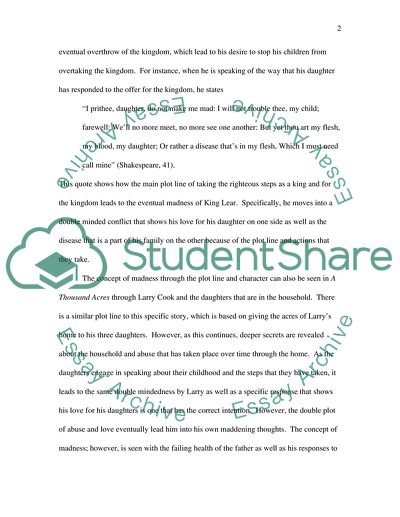Cite this document
(“Concepts of Madness in Literature Research Paper”, n.d.)
Concepts of Madness in Literature Research Paper. Retrieved from https://studentshare.org/literature/1740024-research-essay-assignment-king-lear-and-a-thousand-acres
Concepts of Madness in Literature Research Paper. Retrieved from https://studentshare.org/literature/1740024-research-essay-assignment-king-lear-and-a-thousand-acres
(Concepts of Madness in Literature Research Paper)
Concepts of Madness in Literature Research Paper. https://studentshare.org/literature/1740024-research-essay-assignment-king-lear-and-a-thousand-acres.
Concepts of Madness in Literature Research Paper. https://studentshare.org/literature/1740024-research-essay-assignment-king-lear-and-a-thousand-acres.
“Concepts of Madness in Literature Research Paper”, n.d. https://studentshare.org/literature/1740024-research-essay-assignment-king-lear-and-a-thousand-acres.


